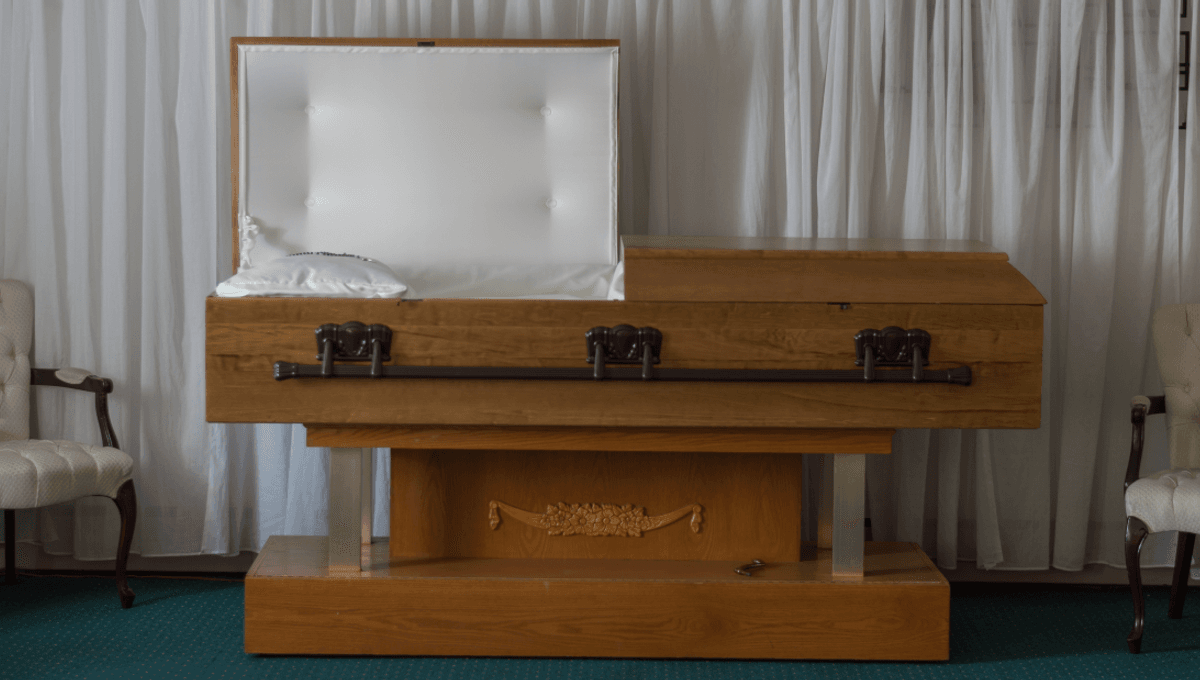
The decomposition ecosystem makes quick work of our corpses when we die, letting loose a rich diversity of microbes and luring in flies from miles away. It’s a handy process for getting rid of carcasses out in the wild, but it can cause problems depending on the kind of funeral you’re after.
Humans have a complex array of funerary practices on offer, from cremation to aquamation and even human composting, but for those who still want to go the burial route – and especially those who want an open casket – embalming is a good way of keeping the body in a presentable state. So, what does it all entail?
What is embalming?
Embalming is a common funerary practice that aims to preserve the body by slowing decomposition. It involves draining the body of its fluids and replacing them with a preservative, and this includes clearing out the internal organs and heavily treating them so that they don’t decompose and fill the body cavity with gases – gases that can, and have, seen bodies explode before burial.
Embalming begins with washing the body to get rid of surface microbes that could hasten the rate of decomposition, and then choosing a final resting position. The corpse is then injected with an embalming fluid – usually made up of formaldehyde, alcohols, and phenols – that goes in through an artery and pushes the remaining blood and other fluids in the vessels out through an exit hole in the jugular vein.
As funeral director and embalmer Jenn Park-Mustacchio wrote for The Guardian, the exact blend of embalming fluid depends on a person’s height, weight, and physical condition. Replacing the fluids usually takes around an hour, and then we come to the abdomen.
Our trunk is filled with all kinds of complex organs that can have gases, fluids, and partially digested food in them when we die, so a trocar is inserted to puncture and empty them out. Once empty, the cavity is filled with a strong embalming fluid to halt any microbial processes and delay decomposition, as otherwise, our tummies get real bloated real fast.
The body is then sealed up and can be cosmetized to look as they did in life, using creams, make up, and cotton wool to fill sunken areas like the mouth and sometimes the eyes.
Are organs removed during embalming?
No, organs are not typically removed during embalming unless the deceased was an organ donor. Ancient Egyptian’s canopic jars have led many to think that embalming requires gutting the abdominal cavity (speaking of which, what did they do with mummies’ eyeballs?), but in truth, most embalmed people go to the grave with their organs still inside.
How does embalming impact forensic investigations?
Ideally, a coroner will receive a fresh corpse if they need to do an autopsy, and by that we mean one that hasn’t been embalmed. However, this isn’t always possible if someone died and had to be transported, or if they were already buried before the possibility of suspicious circumstances came to light.
Embalming can drain the body of useful fluids that can be used for testing, and may also interfere with toxicology results by either raising or lowering the concentration of certain chemicals in the body. Embalmed bodies can still be useful, however, as they may preserve traumatic injuries that could build a picture of how the person died.
Can embalmers work on friends or family?
As Park-Mustacchio wrote in answer to a reader question, it largely comes down to the embalmer’s personal preference.
“I helped prepare my grandmother and embalmed my cousin and one of my high school teachers. I would draw the line at mom or dad. Although I do know of a few embalmers who have embalmed their parents.”
“Those of us who choose to handle the preparation of our friends and loved ones usually do so because we feel as though we can do the best job restoring their natural appearance because we knew them so well in life. It is difficult, but it’s a labor of love.”
Source Link: Formaldehyde, Trocars, And Cotton Wool: What Is Embalming?